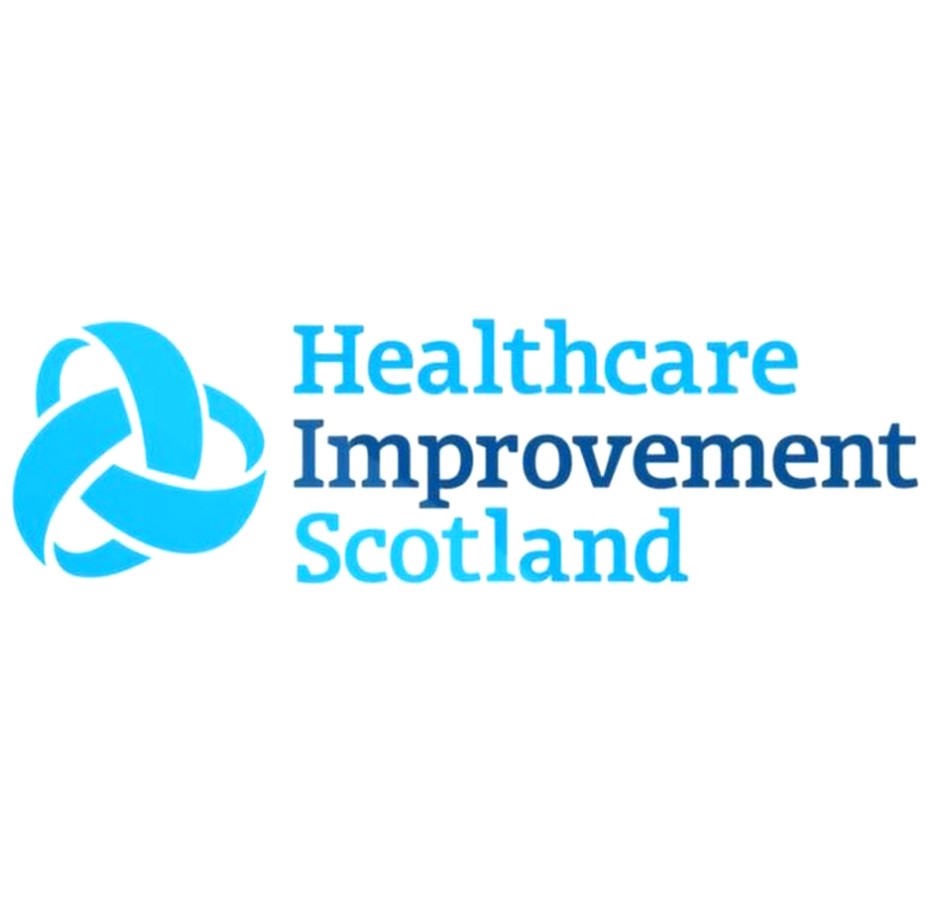Bennett, M., Lucas, V., Brennan, M., Hughes, A., O'donnell, V. and Wee, B. 2002. Using anti-muscarinic drugs in the management of death rattle: Evidence-based guidelines for palliative care. Palliative Medicine, 16(5), pp. 369-374.
Brown, E., Chambers E.J. and Eggeling, C. 2007. End of Life Care in Nephrology: From Advanced Disease to Bereavement. Oxford: Oxford University Press.
Bunn R. and Ashley C. 2008. The renal drug handbook. 3rd ed. Oxford: Radcliffe Medical Press
Chambers E.J., Germain, M. and Brown, E., Eds., 2004. Supportive care for the renal patient Oxford: Oxford University Press.
Dean, M. 2004. Opioids in renal failure and dialysis patients. Journal of Pain and Symptom Management, 28(5), pp. 497-504.
Do Not Attempt Cardiopulmonary Resuscitation (DNACPR): Integrated Adult Policy: Decision Making and Communication.https://www.gov.scot/publications/attempt-cardiopulmonary-resuscitation-dnacpr-integrated-adult-policy-decision-making-communication/
Douglas, C., Murtagh, F. E. M., Chambers, E. J., Howse, M. and Ellershaw, J. 2009. Symptom management for the adult patient dying with advanced chronic kidney disease: a review of the literature and development of evidence-based guidelines by a United Kingdom Expert Consensus Group. Palliative Medicine, 23(2), pp. 103-110.
Kirvela, M., Ali-Melkkila, T., Kaila, T., Iisalo, E. and Lindgren, L. 1993. Pharmacokinetics of glycopyrronium in uraemic patients. British Journal of Anaesthesia, 71(3), pp. 437-9.
